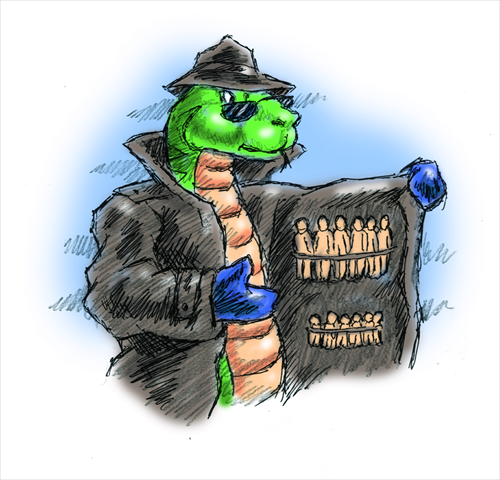HOME >> OP-ED
Human trafficking crackdown praiseworthy, but more remains to be done
By Liu Shiping Source:Global Times Published: 2013-11-4 22:38:01

Illustration: Peter C. Espina/GT
During an interactive dialogue on human trafficking organized by the UN Office on Drugs and Crime and the Group of Friends United against Human Trafficking in 2012, the International Labor Organization estimated that at any given time, about 2.4 million people are exploited as a result of human trafficking globally.
At present, human trafficking in China is taking on new characteristics, including organized crime networks, more violent means and expansion to more areas.
Cross-national and cross-boundary trafficking of women and children has been taking place in recent years, making it harder to crack down on such criminal activities. It's time to evaluate China's efforts in dealing with this problem.
It should be noted that China has made remarkable progress in cracking down upon human trafficking.
The Chinese government has been attaching great importance to human trafficking in all its manifestations to ensure the rights and interests of victims.
Confronted with severe criminal acts, the central government formulated the national plan of action on anti-trafficking of women and children (2008-12).
In 2010, the legislature made amendments to the Criminal Law by strengthening efforts to fight abduction and trafficking.
In the same year, the Supreme People's Court and departments concerned issued the opinions on legally punishing the crimes of abducting and trafficking of women and children.
The Ministry of Public Security, the Supreme People's Procuratorate and the Supreme People's Court are now considering issuing judicial interpretations that attach equal importance to crack down upon both "buying" and "selling," in order to better protect the personal rights of women and children in the court.
Apart from setting up intersectional and cross-regional working mechanisms by combining various police forces, public security organs throughout China have also carried out a series of specific projects, including the establishment of databases of suspects involved in the abduction of women and children, of trafficked or missing children, and for the DNA of parents of missing children.
The Chinese government and international organizations have been implementing a spectrum of cooperative programs to crack down on human trafficking and also step up collaboration with neighboring nations like Vietnam, Myanmar and Laos.
Non-governmental organizations are playing a bigger role in striking against these terrible crimes by posting information on Social media and creating relevant websites. The general public is also more aware of preventing abductions, thus imposing more pressure on the criminals.
China has made significant progress in fighting against human trafficking in law enforcement, coordination mechanisms, protection for victims and international cooperation.
Nonetheless, we must recognize the complicated and long-term nature of the crackdown on human trafficking in this developing country. China is facing many challenges in cracking down on human trafficking both politically and legally.
China needs to further improve social insurance system, bridge the gap between the wealthy and the poor, and increase social justice.
In addition, the government should give heavier punishments to buyers of women and children, improve the mechanisms of adoption, and effectively combine adoption and social assistance.
It can also strengthen education to improve people's legal awareness, seek more social channels to establish efficient cooperative mechanisms between authorities and the public, as well as participate into more international coordination.
China, as a large and responsible nation, needs to step up efforts to bring an end to human trafficking through careful decisions in governmental responsibilities, social relief and family obligations.
The author is a professor of the Law School and deputy director of the Center for Research and Education on Human Rights at Hunan University. opinion@globaltimes.com.cn
Posted in: Viewpoint